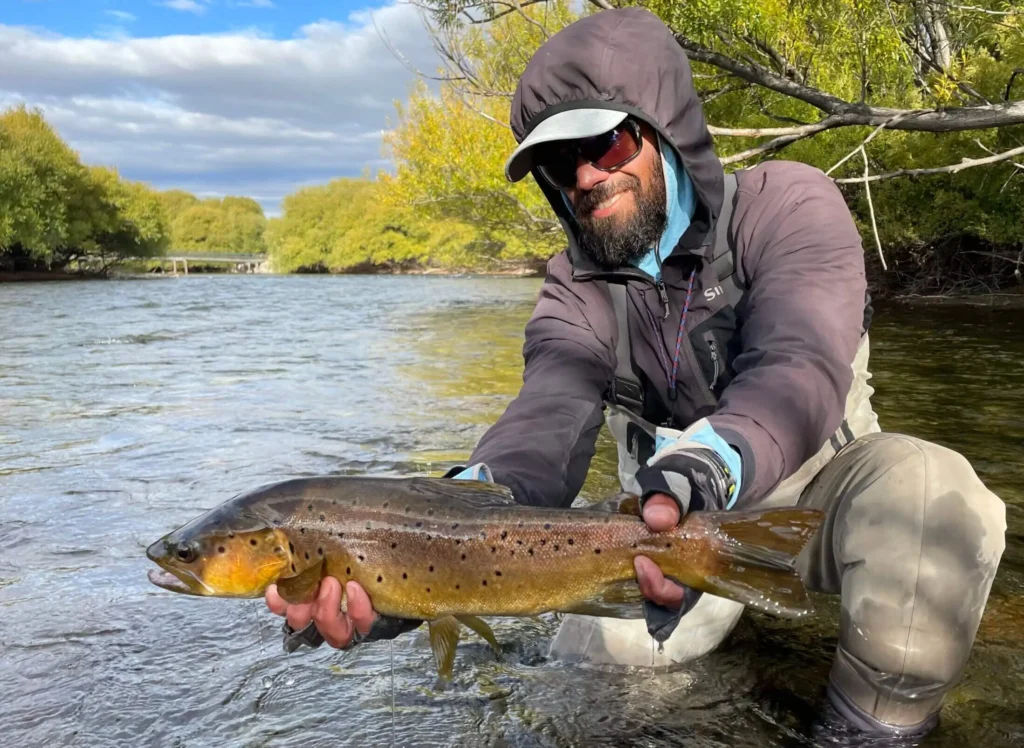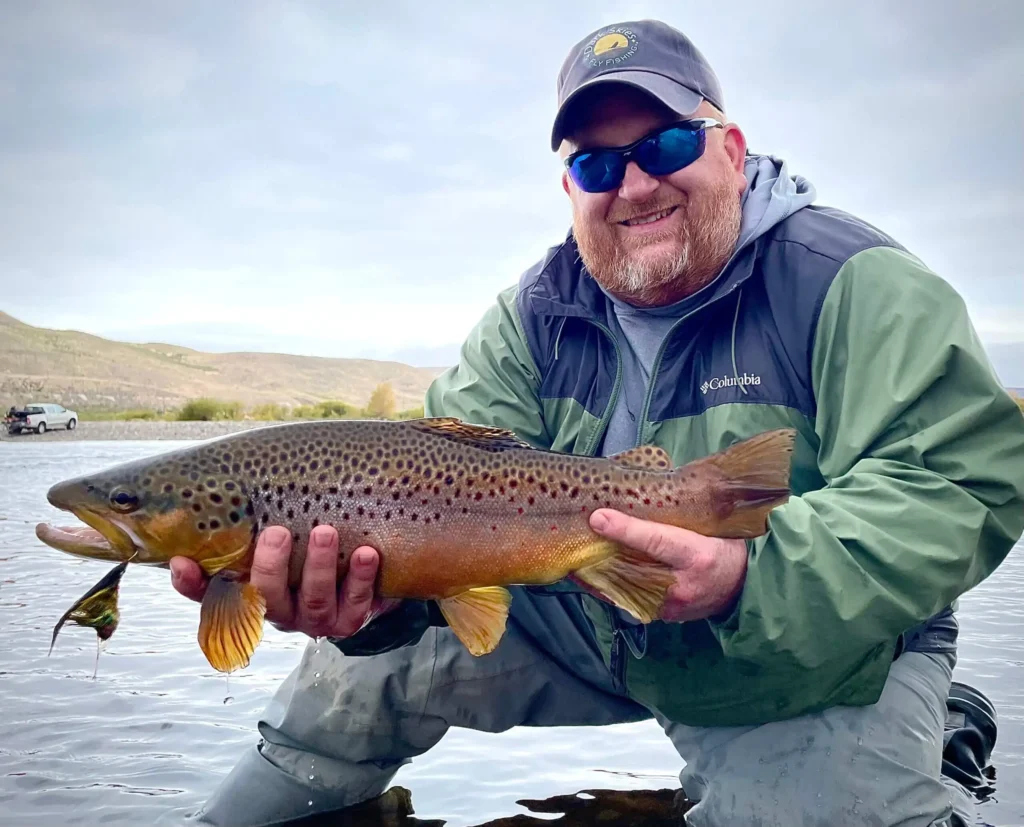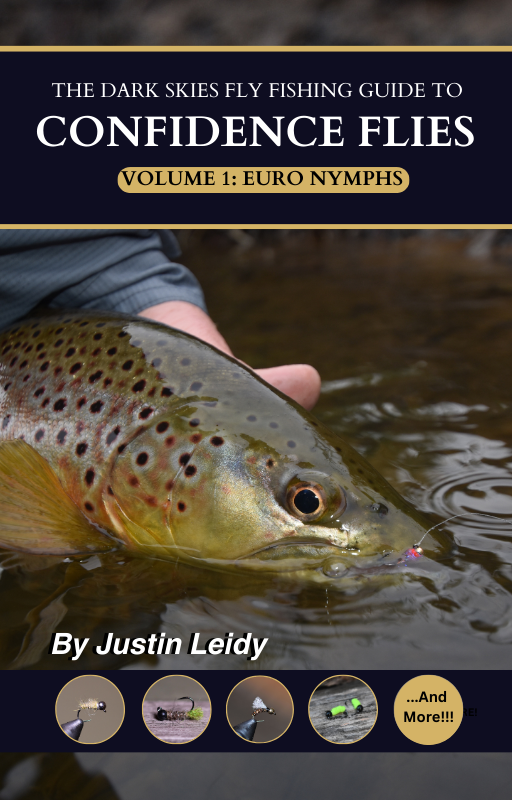Fly Fishing Patagonia: Stripping Streamers for Big Browns on the Chimehuin River

“It’s like chopping wood,” said Facundo Tizzano, my guide for a two-day float trip on the Chimehuin River in Patagonia, Argentina. “You lift the axe and then bring it down hard.”
That’s how you cast articulated streamers. No fancy casts, no big loops. You cast with the rod tip high behind you, like the point of a steeple, and then bring it down hard and low on the water in front of you, slapping the surface with your line and fly – like chopping wood.
This was a new technique for me. Until then, my version of a big fly was a size 6 Woolly Bugger. Facundas, Facu for short, assured me that even the articulated streamers we were using, which consisted of smaller Galloup’s Sex Dungeons, weren’t even what he’d consider big, but they’d do the trick.
About the Chimehuin River
The Chimehuin River begins at the outflow of Huechulafquen Lake in Northern Patagonia, Argentina, flowing in a southeasterly direction for approximately 53 km before joining the Alumine River to form the Collon Cura River (which I fished a few days later, but more about that one in another post). This particular two-day float would cover about 46 km of the Chimehuin.
In Patagonia, the Chimehuin is ground zero for fly fishers, with its robust populations of brown and rainbow trout as well as excellent mayfly hatches. It’s said that the Chimehuin put Argentina fly fishing on the map, made famous through the writings of Joe Brooks and others many years ago.
January and February, summer in Patagonia, are the prime months for mayflies on the Chimehuin, but it was early April now, the beginning of fall, and the trees were just starting to get a hint of autumn color. Although you can still hit great hatches in the fall – and there always seems to be trout feeding on the surface here – this time of year, fishing streamers is the most reliable way to hunt for the big browns that helped make the Chimehuin famous.

When the Stars Align
Have you ever arrived at a river and just knew you were going to do well? That’s what I experienced during the two-day float on the Chimehuin River with Facu. It was a combination of perfect place at the perfect time with the perfect guide. The weather was overcast and rainy, and it didn’t take long to realize that the big browns were on the feed.
As we pushed off and began the float downriver, little did I realize that the next two days could only be described later as epic. On day one, I landed a dozen brown trout 16-20 inches long on streamers. The fishing was hot. So hot, in fact, that at one point, we took a break from stripping streamers and anchored in a riffle to nymph for some rainbow trout.
“You owe me 15 out of this spot,” Facu said. Over the next 45 minutes, I landed 30 rainbow trout ranging 12-16 inches in length.
“Are you ready to catch more big browns yet?” Facu asked, pretending to be bored from watching me catch “small” rainbows.
“I didn’t come to Patagonia for baby trout,” I replied, and Facu pulled up the anchor and off we went to hunt more big browns. These are the days you dream about if you’re a fly fisherman!
Sometimes we underestimate the importance of weather in fly fishing. Sure, every day is a good day to be on the water, and if you have a day to go fishing, you should definitely go. But weather is often the difference between good and great, especially if you’re trying to catch big browns. Overcast and rain are your friends, and that day on the Chimehuin River, our friends were good to us.
The importance of weather even influenced this two-day float on the Chimehuin. Day one was dynamite. Day two, even though we had similar conditions, was a lot slower for big fish. Although I caught just as many 12-16-inch rainbow trout, as well as a few in the 18-inch range, the big browns eluded us that morning. They turned on a bit in the afternoon, though, and four large browns eventually came to net, including the biggest one of all, which I’ll tell you about shortly.
Another overlooked aspect of fly fishing, and in particular fly fishing from watercraft, is the skill of your guide. Facu was a very skilled oarsman, always putting me in the right position and then slowing down the boat so that I could hit the prime lies. Being able to “stop on a dime” when floating a river, even in heavy current, is truly one of the best skills any guide can possess and will result in many more catches throughout the day.
You also need a guide who will keep you at a comfortable distance from the structure so that you’re not trying too hard reach those prime lies. When you must over-extend on every cast it’s a recipe for frustration, and you’ll end up in the trees more often than the water.

As with anything, there’s a learning curve to fishing articulated streamers for trout. Casting is just one of the challenges. Casting with accuracy is another.
Part of what makes the Chimehuin River such a great brown trout fishery is that the banks, in many places, are lined with willows, and large fish like to set up in the shadows under those willows. To get big browns, you have to pound the willows, the edges and the little pockets and openings, which requires short, accurate casts. The first day of the float, I got stuck in the willows at least twice in the first 20 minutes, and Facu rowed us over so I could retrieve my fly.
Facu assured me that, when you want to catch big browns on the Chimehuin, sacrifices must be made; it’s better to occasionally snag a bush than to fish too far from the willows and catch nothing. “This is also why we use 2x,” he said. “Usually you can just rip the fly out of the branches.”
A little later, as we floated past the edge of a strip of willows, Facu instructed me to shoot a cast up into the notch between the end of the willows and the bank. This is where big browns often sit, he said, waiting to ambush prey. I made the cast, stripped twice, and a large brown smashed the fly. The battle was brief. The fish got downstream, thrashed at the surface, and the line went limp. I reeled in the fly.
“You lost that fish because you lifted your rod tip,” Facu said. “When stripping the line, keep your rod tip low. Your rod tip should be touching the water as you strip the line. That keeps the line tight and you’ll get a better hook set.”
Although I knew exactly what he meant and how to execute it, I lost multiple fish over the next two days because I failed to heed his advice.
When floating a river, cast after cast, hitting your spots but always looking downstream for where the next cast should land, it’s easy to get lulled into a daze. The roar of the river and repetition of casting can be almost hypnotic. Your mind starts to wander. That’s when it happens. Slam! A big brown nails the streamer and you set the hook, and for an instant you feel its weight, see that flash of orange belly at the end of your line – and then then it’s gone.
Each time, I looked back at Facu. Before I could even ask what happened, he would reply patiently, always patiently, “Your rod tip was too high. Keep your rod tip in the water as you strip the line.”
Also, setting the hook while stripping streamers is a little bit different than fishing with dainty dry flies. There’s nothing gentle about it. When you feel the strike, you strip and set simultaneously, and hard.
But of all things, perhaps the hardest aspect to master when it comes to stripping streamers is line management. Not only must you perform the techniques mentioned above, but you must do them while leaning against a casting bar on a platform, while being jerked left and right as you rush downriver, while landing flies close to (but not in!) the willows with a howling wind in your face, while keeping your rod tip low, while managing slack, and not forgetting to strip-set.
This probably sounds a lot more difficult than it is, but it can be intimidating if you’re new to this type of fishing. I’d been on float trips before, but mostly fishing with a dry-dropper or indicator rig, which are much easier techniques as far as line management goes than the mess you can get into when stripping streamers.
The pace of streamer fishing is what makes it so intimidating. If I were to offer advice to anyone wanting to try stripping streamers for the first time, I would tell them to be patient. Don’t rush. Don’t try to cast to every spot along the river. It’s okay to pick and choose spots. Sometimes it’s not about how many casts you make, but rather how many good casts you make. If you have to, skip casting to a secondary location so you can be ready to hit the prime location right below it. This was something Facu stated multiple times during our two-day float, and it was perhaps the best advice of all.

Magic and Fly Fishing
When a river is hot and the fish are turned on, it’s magical. During these times, I don’t waste time with too many breaks. Although it’s good to stop and reset for a few minutes here and there, I fish hard when conditions are prime and save the relaxation for later.
I know what you’re thinking, and yes, it’s important to enjoy every moment of where you are and the beauty of your surroundings. There’s more to the angling experience than just catching fish. But magic never lasts long, even in Patagonia. It’s a fleeting gift. And the opportunity to have a day on the water that you’ll never forget is absolutely magical.
“It’s always best to be on the river that first day they decide to turn on,” said Facu. “The next day can still be good, but not as good as the first.”
I mentioned earlier that day two was a little slower than day one of the float trip on the Chimehuin River. The weather had changed slightly and the air had a different feel, and it didn’t really settle in until afternoon. We turned some really big fish, though. And although we landed four very nice browns, the biggest of all had gotten off – I just couldn’t keep my damn rod tip in the water!
Considering how well we did the first day on both big browns and overall numbers of fish, it would’ve been easy to take it easy that second day and cruise to the takeout point. But there was no quit in Facu. He worked hard to continually put me into position to cast to every prime lie and every likely big brown holding spot.
As we came to the end of our float, with the truck in sight on the river bank only a hundred yards away, we came to the last group of willows on the Chimehuin River before it joins the Alumine. I turned to the right and made one last cast into the pocket behind the willows. I made two long strips of the streamer when the huge brown hit like a freight train!
The brown made a series of jumps, and each time, its fat orange belly was all I saw. And each time it hit the water, it sounded like a concrete block being dropped into the river. And each time it jumped, I’m pretty sure I said something like “Holy crap, that’s a big fish!”
We rushed downriver and I guided the fish to the right of some giant rocks as Facu worked the boat into some calm water near shore. He jumped out and netted the fish as I brought it up out of the deep.
After a few photos, the fish swam away and Facu and I high-fived. A minute later, Facu clipped the streamer from my line and handed it to me. “This is yours now,” he said. It was the exclamation point on two of the best days I’ve ever spent on the water with anyone, anywhere, and it was just one of the many experiences I had while fishing in Patagonia.
______________________________________
This article is part of a series of articles and videos about my experiences fly fishing in Patagonia, Argentina, in spring 2024. Want more information about how you, too, can fly fish these famous rivers? Contact us today. Dark Skies Fly Fishing is hosting a trip in spring 2025. You can fish with us or learn more about other times of year that would better suit your travel schedule. Click here to request more information.
Watch Now on Our YouTube Channel: Chasing Big Browns on the Chimehuin River!
Is Patagonia, Argentina, on your bucket list?
Join us in Patagonia, Argentina, in Spring 2025, where we will fish the Chimehuin River, Collon Cora, Alumine River, Malleo River, and more! For more information about this Dark Skies Fly Fishing hosted trip, email us today!
Contact UsDownload our eBook "Confidence Flies: Volume One, Euro Nymphs" for free today when you sign up for our newsletter!

Have a fly fishing question you’d like answered? Drop us a line at info@darkskskiesflyfishing.com! If we use your question in a blog post or in the newsletter, we’ll send you a FREE fly box with a dozen of our favorite nymphs and dry flies!

